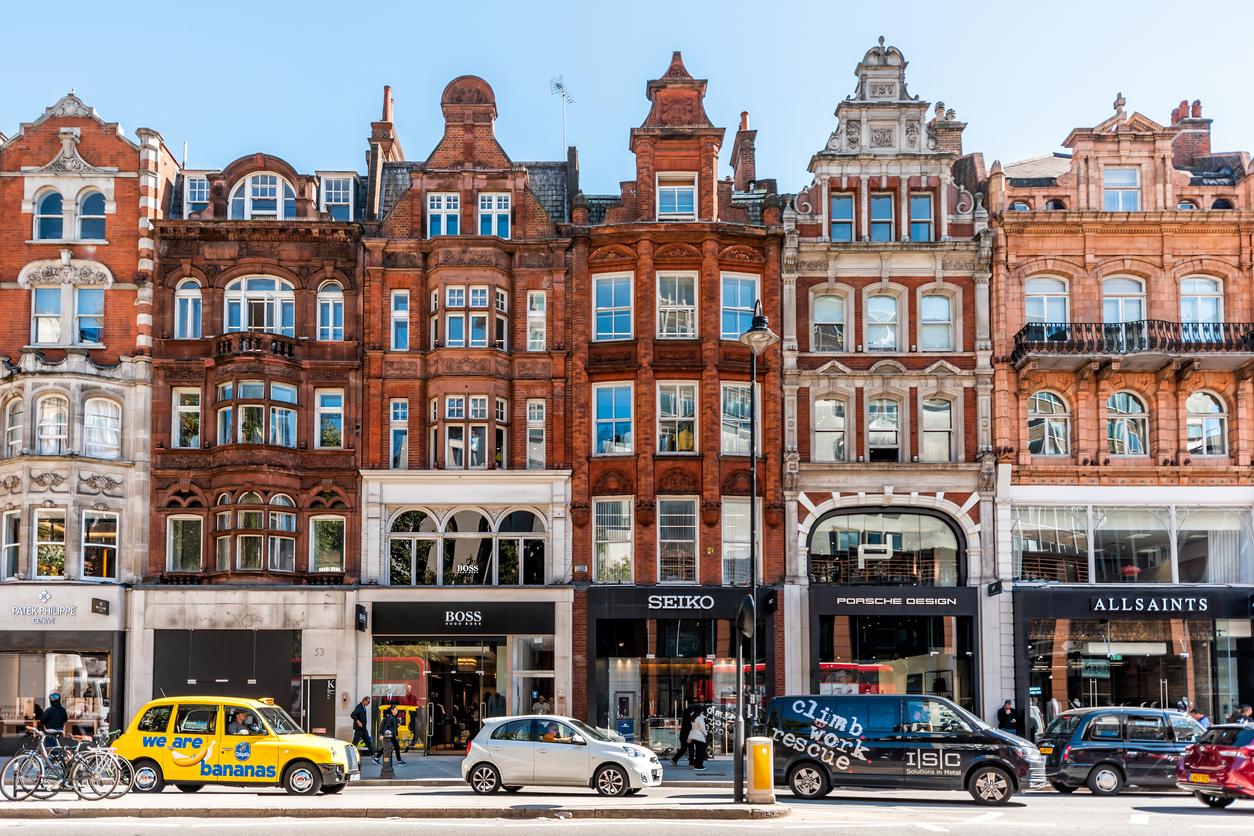



Investing in retail property can be a lucrative choice, offering steady rental income and the potential for long-term capital appreciation. However, the retail property market requires careful consideration of factors like location, tenant demand, and market trends. Here’s a complete guide on buying retail property, including steps to assess investment opportunities, potential risks, financing options, and how to make informed decisions for a successful investment.
Retail property refers to real estate assets that are primarily used for selling goods and services, including shopping centers, high-street shops, malls, and standalone retail stores. Retail property investments are popular because they often generate rental income through leases with businesses in consumer-facing sectors, such as clothing stores, restaurants, and entertainment venues.
Retail property investments offer distinct advantages, making them appealing to investors looking to diversify their real estate portfolios:
Steady Income Potential
Retail properties typically offer high rental yields and long lease terms, providing steady income with regular rental payments. Leases for retail properties are often structured as longer-term agreements, adding stability to cash flow.
High Demand Locations
Retail properties in prime locations, such as high-street areas or established shopping districts, are often in high demand, ensuring strong tenant interest and low vacancy rates. Quality locations can attract well-established brands as tenants, boosting rental potential.
Capital Appreciation
Retail property investments have the potential for value appreciation over time, especially in popular or growing areas. An increase in foot traffic or local economic growth can raise property value, making retail investments beneficial for long-term growth.
Lease Flexibility and Customization
Retail leases often include provisions that benefit landlords, such as the ability to adjust rents periodically or charge tenants for property maintenance, which helps to maintain or increase profitability.
Investing in retail property requires careful planning and a strategic approach. Here are the essential steps to follow:
Determine Investment Goals
Define your investment goals, whether it’s achieving regular rental income, maximizing capital appreciation, or diversifying your portfolio. Understanding your objectives will help guide your search and choice of retail property.
Research Market Trends
Analyze the retail market, both locally and nationally, to identify areas with high demand, low vacancy rates, and growing foot traffic. Reviewing retail trends, such as consumer behavior shifts and popular retail hubs, can highlight promising investment opportunities.
Choose the Right Location
Location is crucial for retail property success. Look for areas with strong foot traffic, visibility, and accessibility, as well as established consumer activity. High-demand areas such as city centers and shopping districts tend to attract stable, well-established tenants.
Assess Property Type and Size
Retail properties vary widely in type and size, from small high-street shops to large retail centers. Consider factors like your budget, target tenants, and the area’s retail demand when choosing the property type that best fits your strategy.
Conduct Property Due Diligence
Before purchasing, conduct a thorough due diligence process, including reviewing property condition, zoning regulations, rental history, and tenant stability. Assessing the property’s financial and physical condition helps ensure it meets investment criteria.
Evaluate Lease Agreements and Tenant Stability
Review any existing lease agreements with current tenants to understand income potential and stability. Long-term leases with reliable tenants offer security, while high tenant turnover could impact profitability.
Explore Financing Options
Financing retail property often requires a commercial mortgage, which has specific requirements and conditions. Compare different lenders, interest rates, and loan terms to secure favorable financing. Some banks may offer loans specific to retail properties or mixed-use buildings.
Engage Professional Assistance
Consider working with a commercial real estate agent, property lawyer, or financial advisor to navigate the legal and financial complexities of retail property investment. Professional insights can help streamline the buying process and reduce risk.
Investing in retail property comes with unique risks, so it’s essential to evaluate factors like tenant demand, economic stability, and potential challenges:
Investors can finance retail property through commercial mortgages, bridging loans, or even private funding sources. Commercial mortgages are common for retail properties and may offer fixed or variable interest rates, depending on the lender. When choosing financing, consider your credit history, available down payment, and the expected income from the property, as lenders often base loan terms on these factors.
Consider different investment strategies to maximize the potential of your retail property:
Retail property offers substantial potential for income and capital growth if managed strategically. By focusing on location, market trends, and tenant needs, investors can enhance property value, minimize vacancies, and secure reliable tenants. Partnering with experienced professionals and staying informed on market dynamics helps maximize the benefits of your retail property investment while effectively managing risks.
If you’re ready to explore retail property opportunities, connect with a commercial real estate advisor who can guide you through every step of the buying process and help identify properties that match your goals.